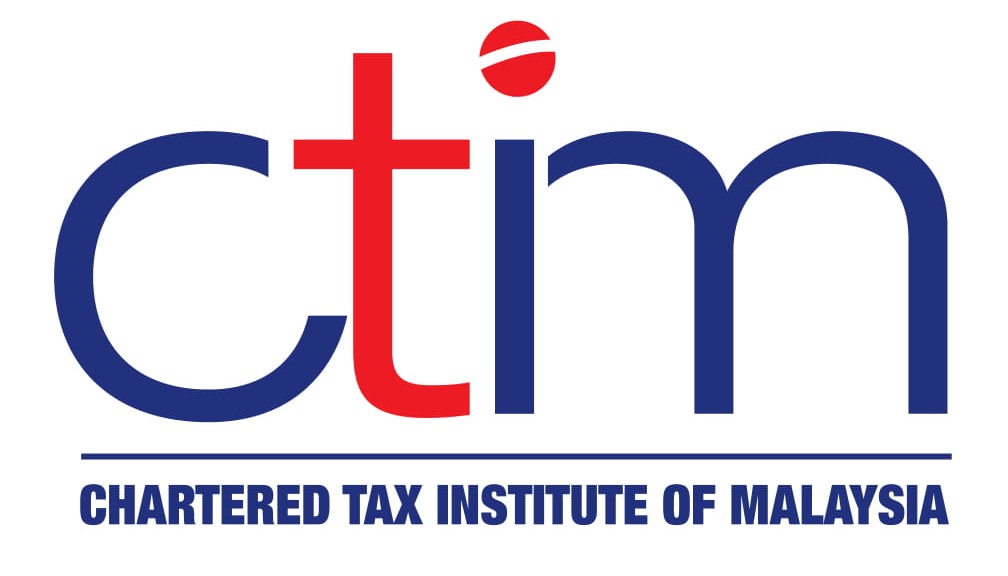
CPD EVENTS
INTRODUCTION
While the IT tools / accounting software play a pivotal role in compliance to LHDN’s e-Invoicing requirements, businesses have the responsibility the right ensure all relevant transactions are captured by the system for the purpose of e-Invoicing. This includes many items outside of a conventional billing system – such as intercompany interest charges, sale of capital equipment or even sale of shares in a subsidiary company.
This course focuses on the role of tax professionals in ensuring businesses capture the right transactions for the purpose of e-Invoicing, including Self-Billed e-Invoice (SBeI). SBeI refers to the situation whereby customer/payer is required to issue SBeI for the cost/payment. Failure to do so attracts penalty – even during the initial 6-month period where relaxation is given.
COURSE OUTLINE
-
Legal framework
-
Scope documents covered
-
Mechanics
-
Transactional vs Consolidated e-Invoice
-
Overview of the 55 data fields for both transactional and consolidated e-Invoice
-
Self-Billed e-Invoice – Scope and Application on: Import of goods, Payment to foreign vendors for services, Payments to individuals (e.g. freelancers / rental to landlord / director fee), Incentive payment etc to Agents, Dealers & Distributors (ADDs), Interest payments, Others
-
Relaxation during the initial 6-month period: Costly mistakes to avoid
-
Foreign Source Income
-
Reimbursement vs Disbursement
-
Impact on staff claims on business expenses and staff perquisites.
-
Recap of recent updates
